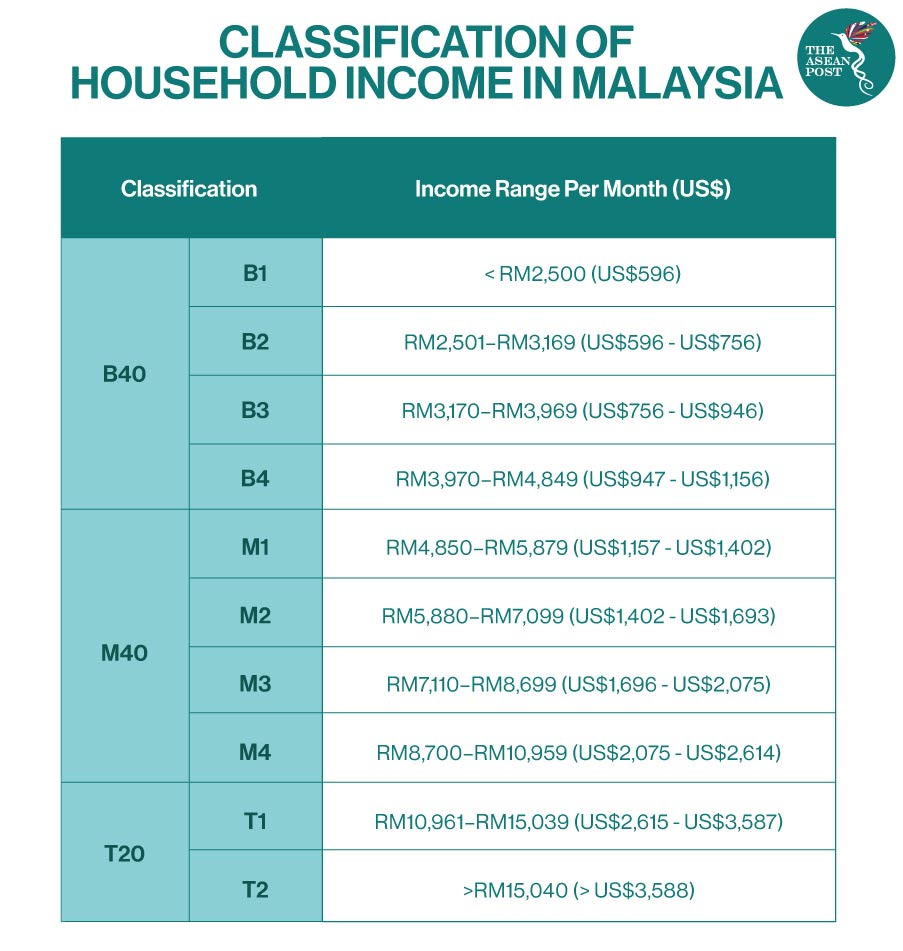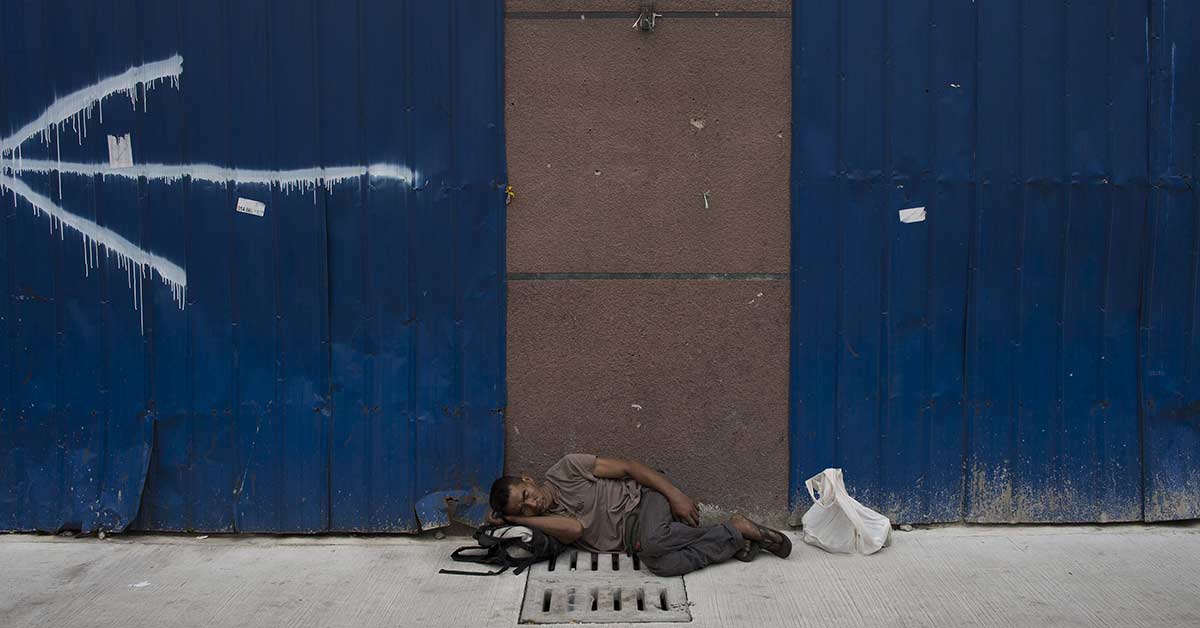The COVID-19 virus, which first emerged in Wuhan, China has now infected over 20.8 million people worldwide, with over 700,000 fatalities related to the disease. Unfortunately, the coronavirus isn’t merely a health crisis. The United Nations Development Programme (UNDP) said that the pandemic has the potential to create devastating social, economic and political crises that will leave deep scars.
The coronavirus crisis has ravaged livelihoods, left millions unemployed and struggling financially and mentally. Enterprises and countries have all felt the pinch from the pandemic. Even ASEAN member state Malaysia, one of the relatively wealthier countries in Southeast Asia, has been hit hard.
According to Malaysia’s Department of Statistics, the country’s unemployment rate increased to 5.3 percent in May from five percent just a month prior. The number of unemployed persons went up by 47,300 to 826,100 individuals – the highest in 27 years.
For those who are facing the highest risk and degree of socioeconomic marginalisation, a loss of income could translate to spikes in poverty, missed meals and schooling for children, and reduced access to healthcare, wrote Dr Haniza Khalid, Senior Development Economist at UNDP Malaysia in an article titled, ‘COVID-19 and the Most Vulnerable Among Us.’
“However, the monthly change of unemployed persons in May 2020 was very much lower than the change registered from March to April, that is 168,300,” said Chief Statistician Dr Mohd Uzir Mahidin.
“The reduction could partly be due to the implementation of numerous stimulus packages reaching its intended target in addition to more businesses were allowed to operate following of Conditional Movement Control Order (MCO) during the month,” he added.
Malaysia has now issued over RM290 billion (US$67 billion) worth of incentives since February 2020.
Poverty Line
Malaysia typically uses the B40, M40, and T20 distinction to classify household incomes; bottom 40 percent, middle 40 percent and top 20 percent. However, the Statistics Department recently updated its figures to paint a more realistic picture.

To be considered living in poverty in Malaysia, the household income is RM2,208 (US$526) or less a month.
Senior research associate of not-for-profit organisation, Khazanah Research Institute (KRI), Hawati Abdul Hamid told local media that many households in Malaysia are very vulnerable to fall into poverty this year.
Based on the revised methodology, the poverty rate was estimated to be at 5.6 percent in 2019 with the poverty line income (PLI) average of RM2,208 (US$526), she explained via email to local media in the country.
“Looking at the relative poverty rate [defined at PLI of RM2,937 (US$700) i.e. half of median RM5,874 (US$1,401)], the poverty rate stands at 16.9 percent.”
“The difference between absolute PLI and relative PLI is RM700 (US$167), yet differences in the poverty rate are about 11 percent. It means, just by (an) income shock of RM700 (US$167), an additional 800,000 households would have become ‘poor’,” she continued.
She also noted that a line chart for 2019 income distribution showed that there are 5.6 percent of households with income below RM2,000 (US$477), and about 12.3 percent of households for the RM2,000 to RM3,000 (US$477 to US$715) income group. This means that an income shock of RM1,000 (US$238) will add 12.3 percent more poor households.
Urban Poor
Malaysia’s capital city Kuala Lumpur is popular with its high-end malls, skylines and exclusive condominiums. Nevertheless, in the midst of all the luxury, there are also the urban poor living in low-cost flats under the People's Housing Project (PPR). Data from the National Housing Department (JPN) revealed that 65.8 percent of the head of households in PPRs nationwide earn below RM2,000 (US$477).
Poor housing environments paired with overcrowding are typically associated with higher rates of diseases, stated a report by the KRI titled, ‘The Impact of Covid-19 on the Urban Poor: Three Major Threats – Money, Food and Living Conditions’ published in March. PPRs in urban areas with high-density infrastructures could perhaps increase the probability of virus transmission.
A common low-cost flat in Kuala Lumpur consists of a minimum 316 units per 17-floor block. Therefore, if an average household size is 4.6, then assuming all units are occupied, approximately 1,455 people would be crammed together in one building.
“If we are not careful, these PPRs might be the perfect breeding ground for the novel coronavirus,” the KRI warned.
Dr Aimi Zulhazmi Abdul Rashid, Associate Professor at the UniKL Business School urged the government to act immediately to address wealth inequality as it will cause further social imbalances, thus creating a more divided society. He also said that the revision of the new PLI should be in tandem with the revision of the minimum wage of RM1,100 (US$262).
“The ministries must come together to provide a blueprint to forge solutions, minimise politicking and communicate clearly with all stakeholders especially the rakyat (people), the core,” he said to local media.
Related Articles:
